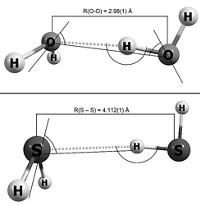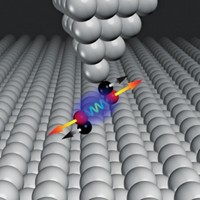Advertisement
Grab your lab coat. Let's get started
Welcome!
Welcome!
Create an account below to get 6 C&EN articles per month, receive newsletters and more - all free.
It seems this is your first time logging in online. Please enter the following information to continue.
As an ACS member you automatically get access to this site. All we need is few more details to create your reading experience.
Not you? Sign in with a different account.
Not you? Sign in with a different account.
ERROR 1
ERROR 1
ERROR 2
ERROR 2
ERROR 2
ERROR 2
ERROR 2
Password and Confirm password must match.
If you have an ACS member number, please enter it here so we can link this account to your membership. (optional)
ERROR 2
ACS values your privacy. By submitting your information, you are gaining access to C&EN and subscribing to our weekly newsletter. We use the information you provide to make your reading experience better, and we will never sell your data to third party members.
Physical Chemistry
Anomeric Study Reinterpreted
by Celia Henry Arnaud
August 22, 2011
| A version of this story appeared in
Volume 89, Issue 34
A computational study disputes the interpretation of previous work describing a peptide sensor that responds to differences between anomers caused by the anomeric effect. Anomers are sugar isomers that differ in the configuration at C1 of the sugar ring, and the anomeric effect is the energetic stability of one anomer relative to the other resulting from an electronegative substituent at C1. Earlier this year, Benjamin G. Davis and coworkers at the University of Oxford reported that the infrared spectrum of the peptide sensor with methyl-





Join the conversation
Contact the reporter
Submit a Letter to the Editor for publication
Engage with us on Twitter